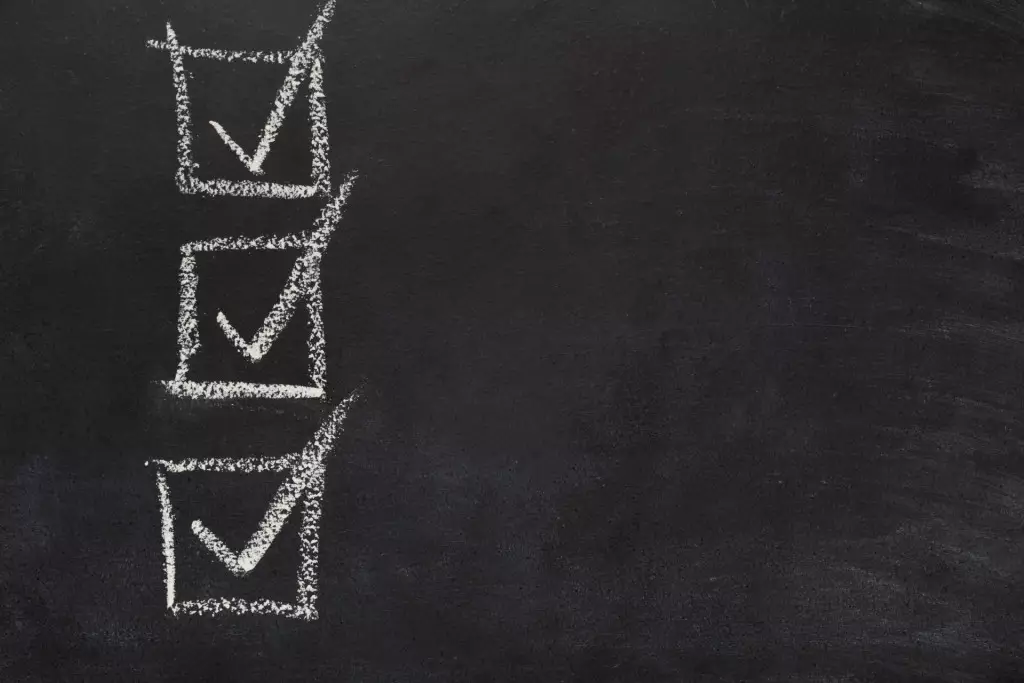How AI in Pharmacovigilance Supports Experts Without Replacing Them
- 06/10/2025
Today, pharmacovigilance teams face an overwhelming influx of information. New clinical trials, scientific publications, healthcare provider and patient reports, digital channels, and social media generate continuous data streams. Traditional manual workflows cannot keep pace. Specialists cannot realistically review hundreds or thousands of new reports daily and identify which require immediate attention. This is where Artificial Intelligence (AI) becomes a valuable partner – to support, not replace, experts.
AI in Pharmacovigilance as a Reliable Assistant
It is essential to understand: AI is not designed to replace human specialists. Its value lies in quickly processing vast amounts of data and highlighting potentially critical safety signals. Humans still make the final decisions, evaluating complex clinical, regulatory, and ethical nuances.
AI acts as a “scout assistant”: it filters routine messages, automatically highlights those that may be important, and allows specialists to focus on detailed analysis and informed decision-making.
The DrugCard platform is a practical example. It automatically scans medical publications and scientific articles, flags potentially significant adverse event information, and delivers it to specialists. This allows experts to spend time on deep analysis, data comparison, and evidence-based decisions instead of hours searching for information.
In this way, AI enhances human capabilities, making pharmacovigilance faster, more accurate, and more effective.
Real-World Example: How DrugCard Helps Specialists
To see AI in action, consider a recent study using DrugCard to monitor local medical and pharmaceutical journals in Ukraine throughout 2024. The platform analysed 113 open-access periodicals, totalling 482 journal issues.
Thanks to automation, the time needed to process a single article dropped from 11 minutes to just 1.5 minutes, giving specialists a sevenfold boost in efficiency. This doesn’t replace their expertise – human specialists still validate results and make the final decisions.
The benefits were immediately noticeable: specialists could quickly identify safety-relevant information, reduce the risk of errors, and maintain continuous monitoring without missing essential publications.
This example shows how the DrugCard platform acts as a supportive tool, letting pharmacovigilance experts focus on critical analysis and decision-making rather than spending hours on repetitive reading.
Freeing Up Time for High-Impact Work
Routine administrative tasks consume a significant portion of specialists’ time. AI allows professionals to dedicate their efforts to high-value activities, such as assessing clinical significance, analysing data trends, and forecasting potential risks.
Additionally, the time saved can be used for skill development, such as learning AI-assisted analysis methods or advanced data interpretation techniques. This strengthens the team’s capabilities and improves the overall efficiency and quality of pharmacovigilance processes.
For example, DrugCard highlights potentially critical safety reports, letting specialists focus on meaningful evaluation rather than repetitive data sorting.
Maintaining Balance Between Technology and Expertise
AI in pharmacovigilance does not operate independently or replace the human expert. Instead, it enhances workflow efficiency by organising information and highlighting relevant content.
Experts remain essential for interpreting data, ensuring regulatory compliance, and making ethically sound decisions. This approach guarantees that patient safety remains the top priority, while AI handles repetitive work.
Pharmacovigilance as a Strategic Advantage
Intelligent workflows allow companies to detect safety signals earlier and respond faster. Platforms like DrugCard automate routine operations but keep human oversight intact.
Key benefits include:
- Faster and more accurate identification of risks
- Improved quality and reliability of safety data
- More efficient use of specialist time and resources
- Greater regulatory confidence through transparent and controlled processes
This means work becomes more meaningful and engaging for specialists: AI in pharmacovigilance handles repetitive tasks, while humans focus on complex, critical decisions.
Human-AI Collaboration in Pharmacovigilance
The most effective outcomes come from integrating human expertise with AI capabilities. AI quickly processes large volumes of data and highlights necessary signals, while specialists make strategic and clinically significant decisions.
The result is safer medicines, more efficient teams, and confidence that technology supports – rather than replaces – human talent.
DrugCard is a clear example of AI in pharmacovigilance: routine tasks are automated, critical judgments remain with specialists, and patient safety remains the primary concern.
- 08/12/2025
- Drug Safety


